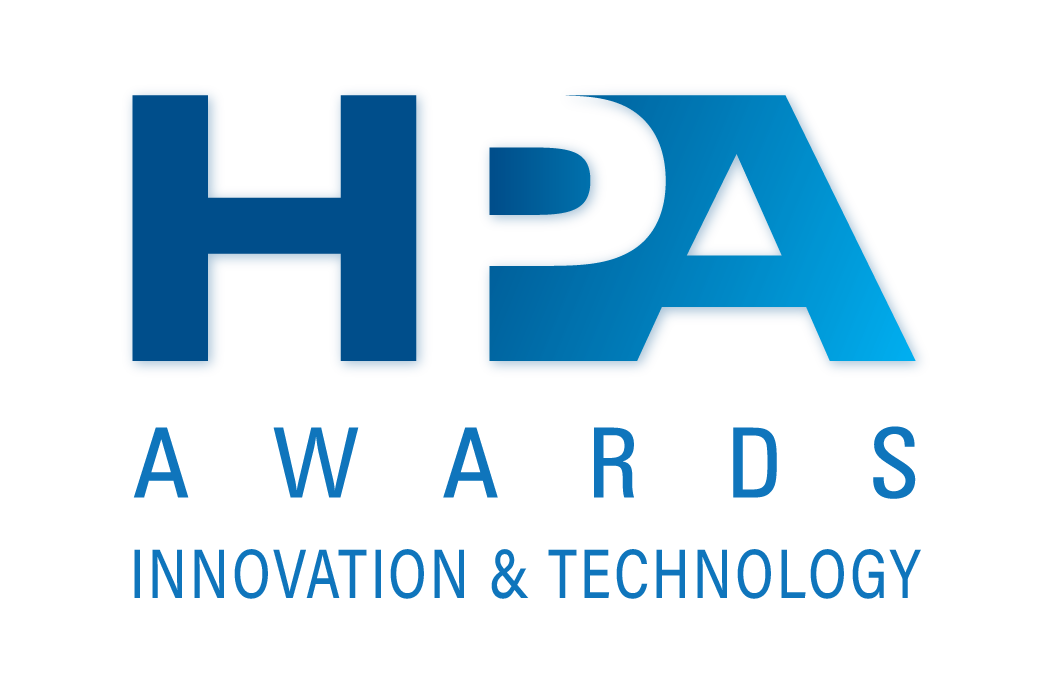
Tom Butts
Editor-in-Chief
tbutts@nbmedia.com
As broadcasters attempt to maneuver through the FCC’s spectrum reallocation plan, one of the key concerns in our industry is not so much what the commission does but how they go about it as well as the timing. In last month’s controversy over changes in determining TV station coverage and interference, we believe the commission has jumped the gun.
In this debate, it’s important to note that technically, the commission is doing the right thing. At the heart of the issue is the so-called “OET-69” software, which outlines the calculations used in determining RF coverage area and interference potential of full-power and Class A low-power TV stations. In planning for repacking broadcast station spectrum after the auctions, the commission is updating the method for measuring coverage and released its new methodology last month and asked for public comment.
The revised software updates several parameters of OET-69, including population, terrain, inaccuracies in the FCC database, antenna beam tilt, calculation of depression angles, precision of geographic coordinates, establishment of cell grids and treatment of internal Longley-Rice warnings. The FCC noted that this new TVStudy software “operates on modern computer systems, and it runs much faster, provides greater accuracy in modeling and analysis, and is easier to use and more versatile than the existing software.”
Although the FCC’s announcement was met with minimal fanfare, TV Technology Executive Editor Deborah McAdams broke the story online. The news of the release sparked a response from NAB, who told the FCC they had several objections over the update, which could prompt “legal uncertainty and confusion” in planning for station coverage. Specifically, the association challenged the commission over its authority, methodology and timing. Although it acknowledged that an update was necessary, association executives “expressed serious reservations” over the changes in a meeting with the commission after the notice was released.
“By making substantive alterations to OET-69 at this stage of the process, NAB explained that the commission was inviting unnecessary delay into the process, and would cause widespread uncertainty for broadcasters who may be deciding whether to participate in the auction and how to go about protecting their viewers in the event they do not,” the association said in a statement after the meeting.
We agree. Optimizing broadcast coverage and minimizing interference is of paramount importance to our industry as we enter into this process. Although the FCC is doing the right thing (and is legally bound by Congress to do so) by updating the software to determine coverage, it needs to be more cognizant over how such changes will affect how, if and when stations make their decision on whether or not to participate in the auctions.
The professional video industry's #1 source for news, trends and product and tech information. Sign up below.
Tom has covered the broadcast technology market for the past 25 years, including three years handling member communications for the National Association of Broadcasters followed by a year as editor of Video Technology News and DTV Business executive newsletters for Phillips Publishing. In 1999 he launched digitalbroadcasting.com for internet B2B portal Verticalnet. He is also a charter member of the CTA's Academy of Digital TV Pioneers. Since 2001, he has been editor-in-chief of TV Tech (www.tvtech.com), the leading source of news and information on broadcast and related media technology and is a frequent contributor and moderator to the brand’s Tech Leadership events.

